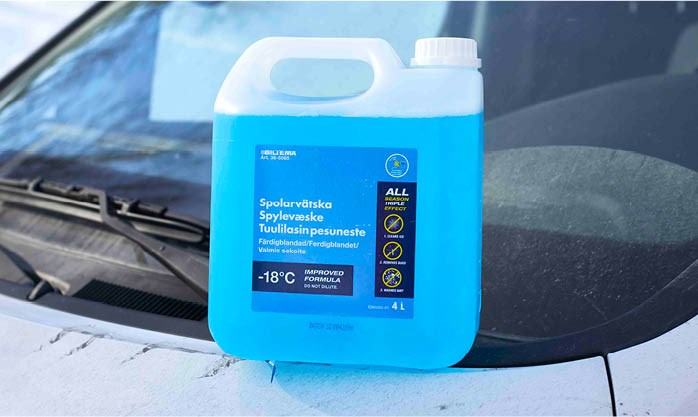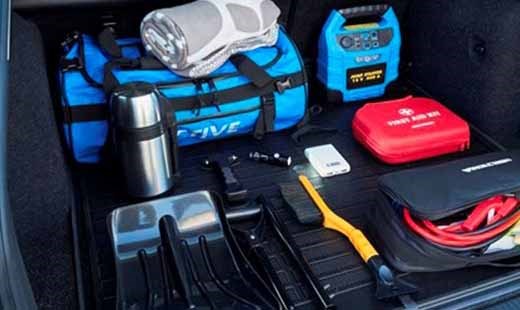Here's how to survive the winter without injuries and falls!
It's always best to prepare in advance, before the slush and slippery roads (let that be a lesson for next winter, or the next mild period before new winter weather) – and to sprinkle salt before it gets really slippery and before the ice has packed.
It is more effective to sprinkle on bare ground, before the snow arrives. This reduces the risk of the snow binding to the substrate and creating ice. You may also want to shovel frequently so that the snow/ice does not pack. Once it has become thick ice the best thing to do may be to sprinkle with coarse sand, anti-slip gravel or mix it with salt.
Salt can also lead to more ice, so it's important to keep an eye on the weather. If you salt before a minor snowfall, the first few centimetres will melt, but if, on the other hand, it quickly switches to colder weather, this layer can freeze again and create even more ice.
Biltema's 5 winter anti-slip tips:
- Secure yourself first – before you go out to "save the world" (out to sprinkle). Put on good shoes, drop the temptation of just jumping into slippers even if you're just "going for a little walk" – preferably put on traction cleats to avoid falls and accidents.
- Select snow clearing products according to the desired effect. If you want to get rid of the ice, salt has a melting effect, while sand settles on top of the ice and makes it rougher. When the ice is really shiny, you can mix sprinkles/sand with boiling hot water so that it melts into the ice.
- Don't be stingy – sprinkle enough. The usual recommendation is about 200 grams per square metre, to gain a foothold. If you use a spreader (14-064), a full spreader will cover about 3 sqm. If the ice has already thickened, you should probably also expect to use more bedding to get the desired effect.
- Coarse-grained salt works best before it has become really thick ice, but one trick may be to mix it with sand, so the ice becomes more porous and the sand provides grip. Do not use salt on concrete or wood. At Biltema, on the other hand, we have a long-acting ice melting agent, flakes 14-1005 that can be used on all types of ground and down to -40 degrees.
- Use the correct snow clearing products. If you want to remove the ice in stairs and hard surfaces, for example, salt can help with this, but the best thing is to sprinkle salt before the ice has settled. In snowy weather, coarser sand is better.



